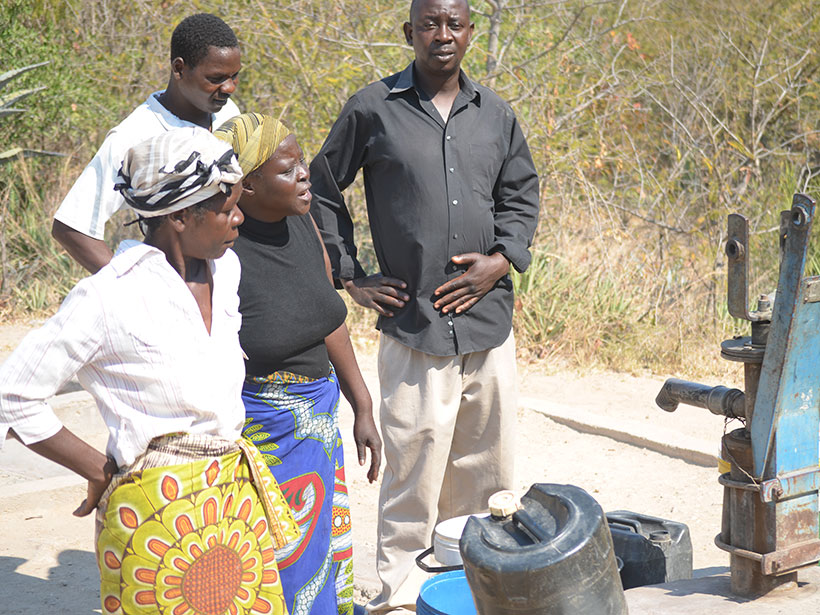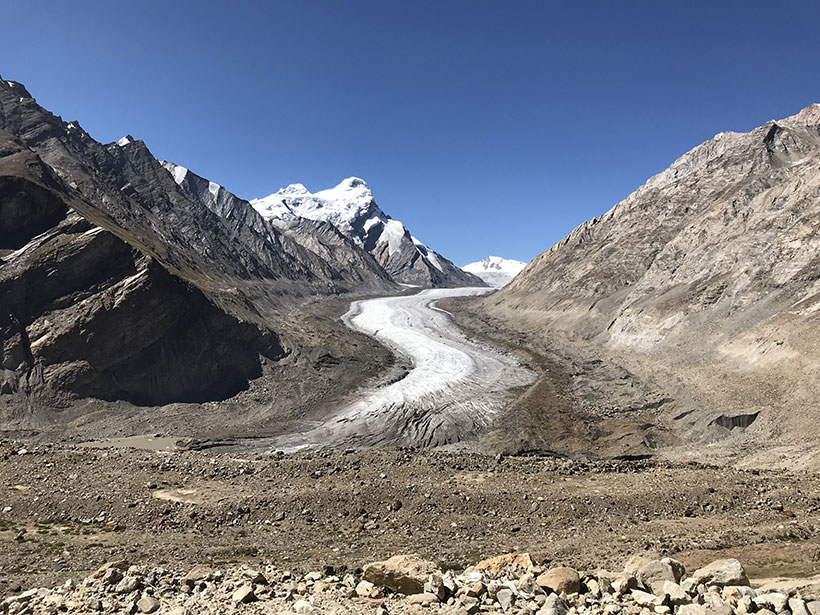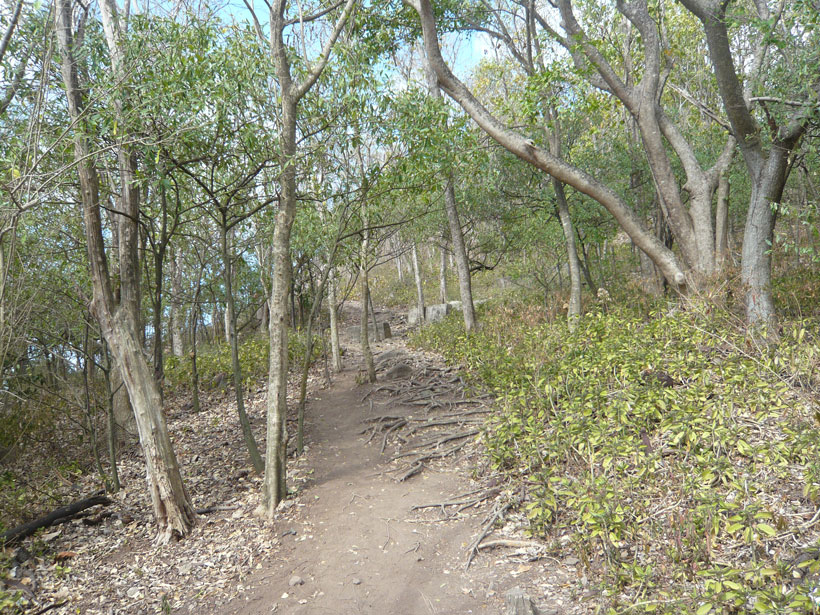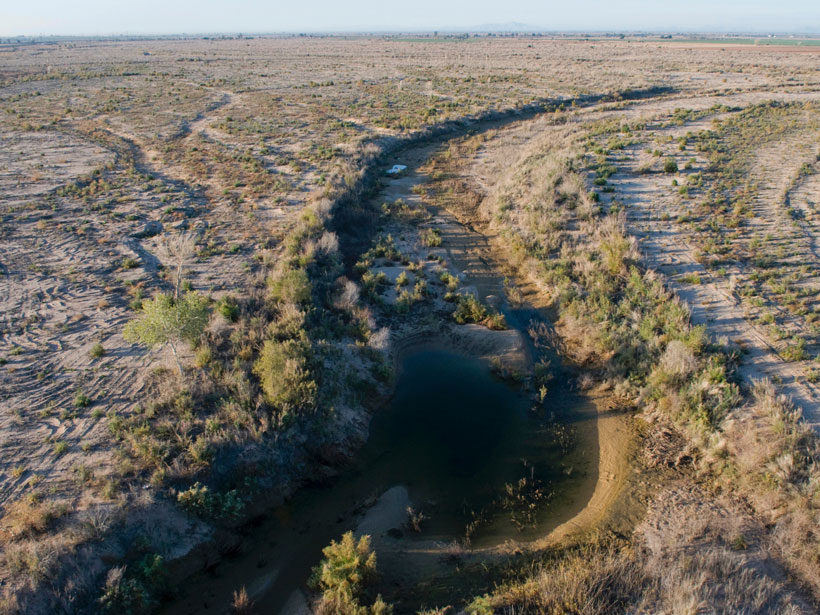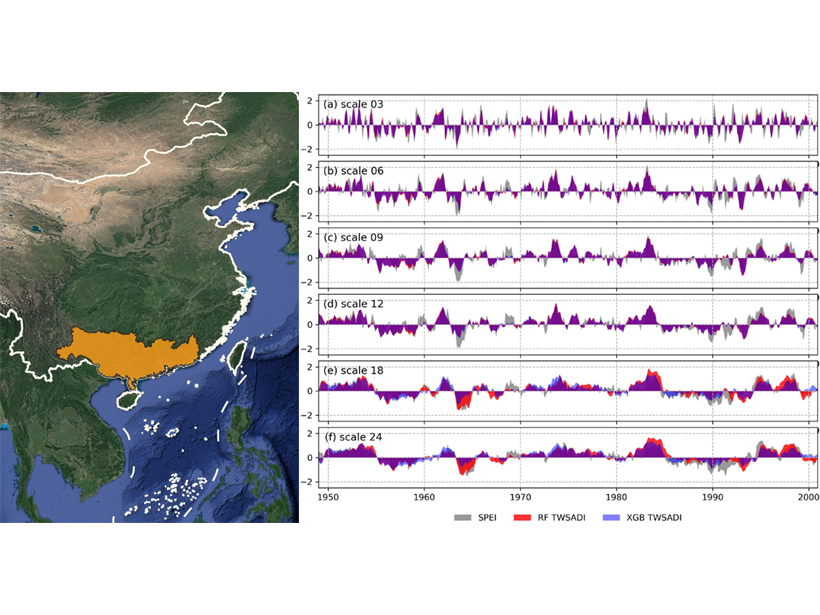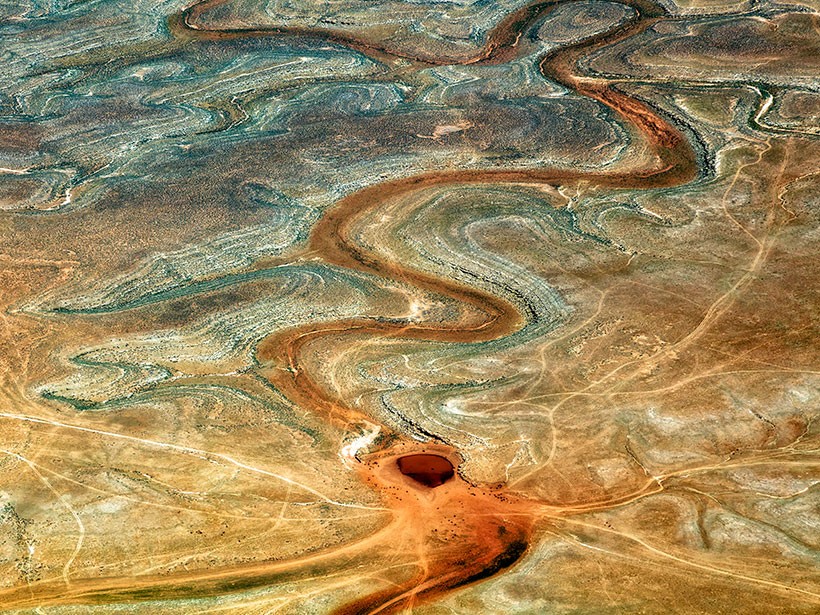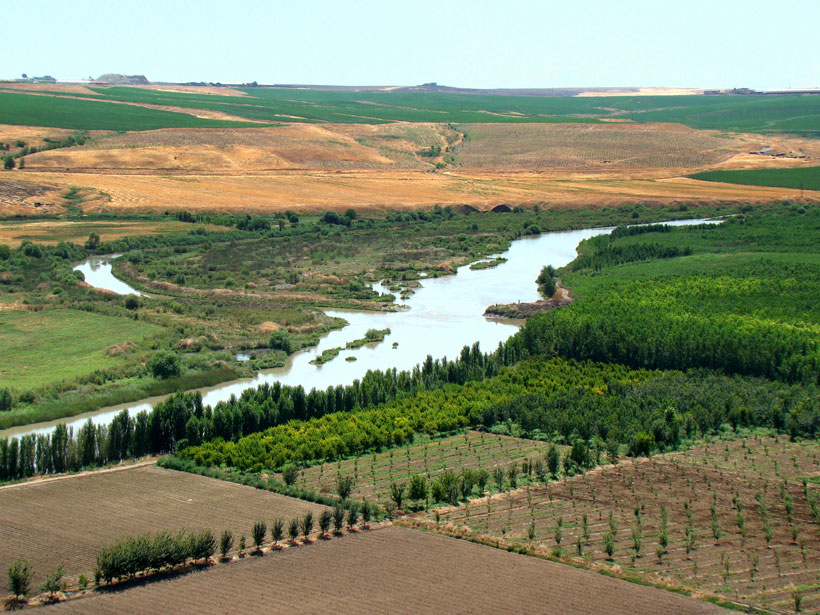Zimbabwe’s groundwater is disappearing fast, leaving rural communities without water for household and agricultural use.
water supply
A Future of Retreating Glaciers in the Himalayas
India’s first regional climate change assessment warns of accelerated glacier melt.
Worsening Water Crisis in the Eastern Caribbean
Scientists, policy makers, and residents are concerned that ongoing water shortages and longer periods of drought may worsen as the climate changes and that the Paris Agreement has fallen short.
Modeling Water Stress for Shared Water Resources
Billions of people rely on water resources that originate across borders. New research evaluates how climate change and increased water demand could affect future water stress.
Ensemble Learning Estimates Terrestrial Water Storage Changes
Ensemble learning models for estimating past changes of terrestrial water storage from climate are presented and tested in the Pearl River basin, China.
Lending a Hand to Sustainability
Handprint thinking, a concept developed about a decade ago, is meant to complement ecological footprints and frame human actions in terms of how much good they can do to promote sustainability.
Frequently Dry Waterways Still Contribute to Carbon Emissions
A new international collaboration found that dry inland waters—no matter where they were located—contributed significant global carbon dioxide emissions.
El Sistema de Canales Preincaicos Usa Laderas Como Esponjas para Almacenar Agua
Así se preparan para un futuro más seco en la costa occidental de Perú, los investigadores están recurriendo a técnicas del pasado.
Shaping Water Management with Planetary Boundaries
A new study uses the planetary boundaries concept to formulate an approach to water management that considers both global and local limits to water cycle modifications.
Snowpack Data Sets Put to the Test
A new study compares the accuracy of three observation-based methods of calculating snow water equivalent, a key component in water management.

